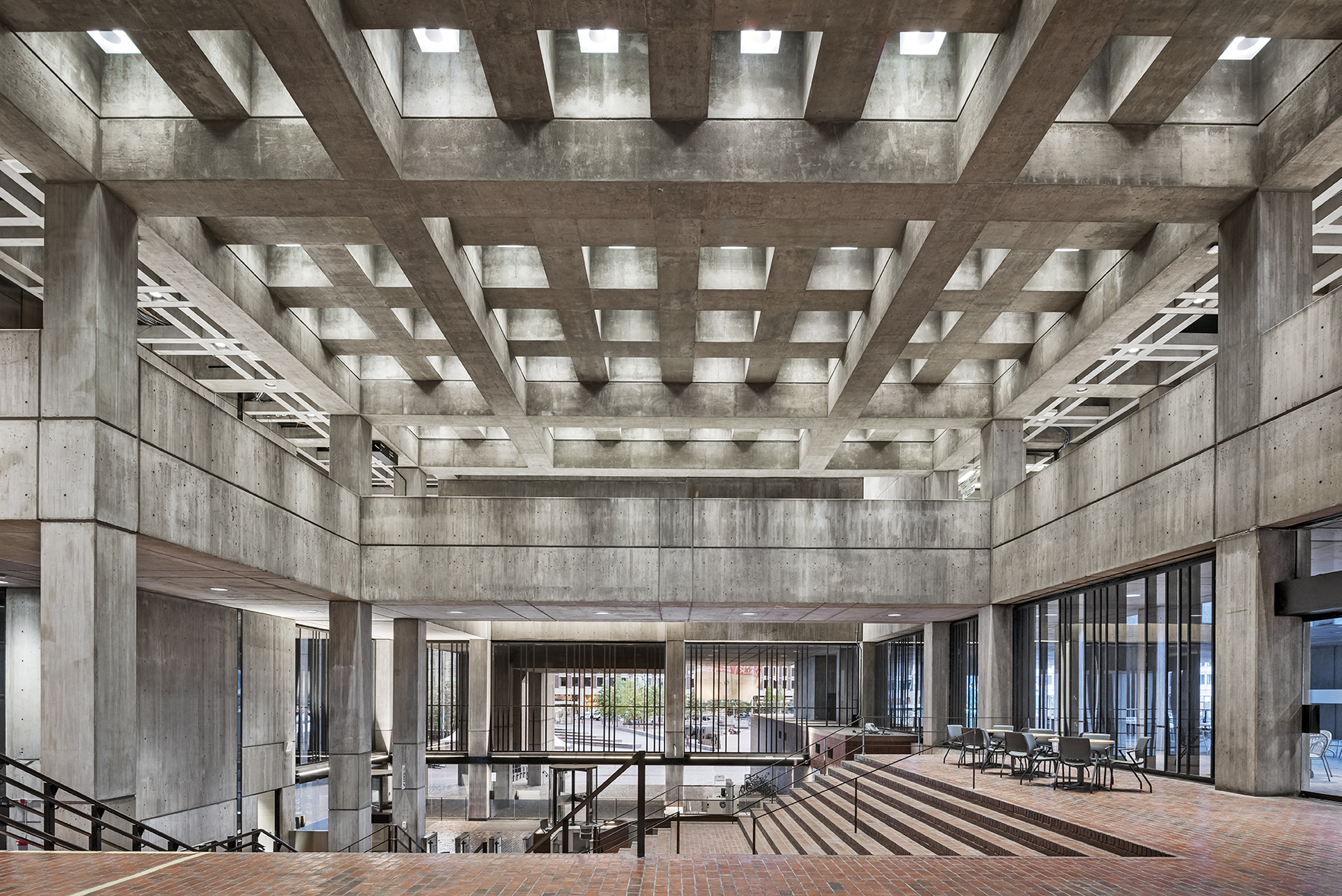Archibiz provides business education and consultancy services to architectural practices globally. Through courses, coaching and other business advisory services, Archibiz helps architects fill in the gaps in their business education so they can lead more profitable and sustainable practices.
When it comes to running a practice, it can be easy to get lost in the daily grind. There are deadlines to meet, meetings to be held and bills to pay. An endless cycle that repeats itself each week. Naturally, this cycle can cause us to lose track of the big picture. The goals and resolutions we set in January fall by the wayside, becoming overlooked by more pressing issues that must be dealt with immediately.
A mid-year check-in can provide your practice with the reality check it may need. Are you meeting the revenue goals you set in place at the beginning of the year? Have you secured enough work for the next six months? What’s team morale like at the moment?
No matter when you started your financial calendar, it is necessary to pause mid-way through the year in order to reflect on where the business is at and where it needs to go. It is often helpful to do so at the halfway point in the calendar year, providing you with just the right amount of time to shape things up if need be.
So whether you feel that you’re lagging on your goals or simply want to give your business a little jolt, here are our three top recommendations for you to take on before the end of the year. Each practice booster focuses on one key area of the business – finance, operations, and sales and marketing – to ensure well-rounded success before the end of 2021.

Bench Accounting Office by Perkins and Will, Vancouver, Canada
1. Get familiar with your numbers
One of the most important business concepts we teach our clients at Archibiz is the difference between cash and profit. For many architects, it’s quite straightforward to manage their business from a cash perspective. They’ll have several projects come in, feel comfortable with the cash reserves, and believe the business is in an overall “good” place. While there may be enough money to pay for the studio lights, the practice could still leave a tremendous amount of money on the table. Your efficiency could be deteriorating, your margins could be under pressure, or your debtor days could be rising. Your financial reporting should act as an early warning mechanism on all of these risks.
Another place we see practice owners struggle with is charge-out rates. These rates can be a helpful tool but are no substitute for good project margin control. Yet, so many architects lag in this department simply because of a lack of business training. Relying too much on charge-out rates diminishes the focus on volume and efficiency of the practice’s work. By all means, use charge-out rates when calculating your fees but don’t rely on them to manage your practice on a day-by-day basis.
One way to ensure you are staying on track for the next six months is to get organized around your financial statements, specifically your Profit and Loss Statement (income statement). By presenting your revenue against your expenses, the P&L Statement is one of the simplest ways you can check the business’s health. Find an accounting software application like Xero or Quickbooks, set a date each month where you create these documents and make it a habit. Knowing how to create, read and interpret these statements will help you meet your goals in no time.

Bench Accounting Office by Perkins and Will, Vancouver, Canada
2. Check in on your team
Having the right people working on the right projects can dramatically impact your practice’s efficiency, profitability, and sustainability. Often, we encounter a stressed-out, overwhelmed director who wears far too many hats – taking on everything from liaising with clients to cleaning the office coffee machine. Or, we’ll come across a practice where the owner wants to make all the employees happy, letting project architects take on more design work at the risk of losing efficiency.
At Archibiz, we teach our clients to choose the right staff for the job based on three criteria: lowest cost resource, competency for the job, and capability to deliver the required quality. In an ideal situation, a staff member who ticks all three boxes will help ensure you are not wasting resources and time and money. In this mid-year check-in, take a moment to observe your staff and your workflow. Is everyone working on what they should be doing? If not, how can you rectify that next month?

Bench Accounting Office by Perkins and Will, Vancouver, Canada
3. Keep a list and check it twice
Many architects we come across have a Rolodex of clients with whom they never interact. This can be a massive missed opportunity and one that is so easily fixed. One of the easiest ways to boost your business can be by keeping a list — not just any list, but a clean, well-organized list that’s kept in a marketing software platform.
Build an email list and include all of your past and current clients, suppliers, partners and personal friends. You can easily create your list in Excel and then upload it to a CRM (Client Relationship Manager) platform like Mailchimp. If you don’t have a CRM platform or software yet, find a free one that works for you and create an account to get you started. Then, send out one piece of relevant, engaging content to your list once every two months. This will help you stay on your clients’ radar and help position you as an expert in your niche.
Taking the time to focus on the business rather than simply remaining immersed in the business will help your practice succeed long-term. So, take this opportunity to pause, reflect and strategize.

 Bench Accounting Office Interiors
Bench Accounting Office Interiors 


